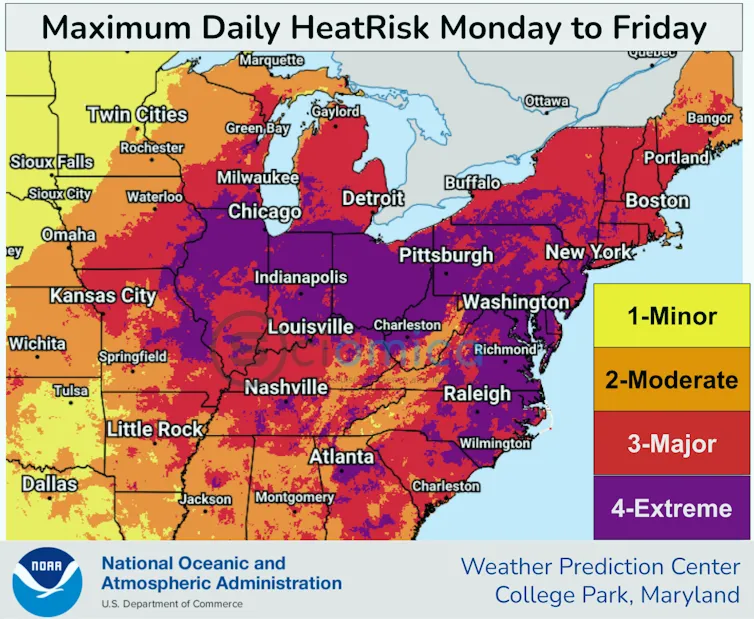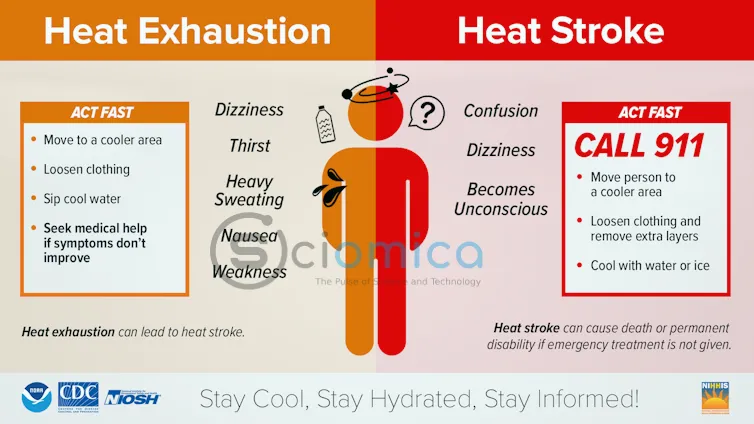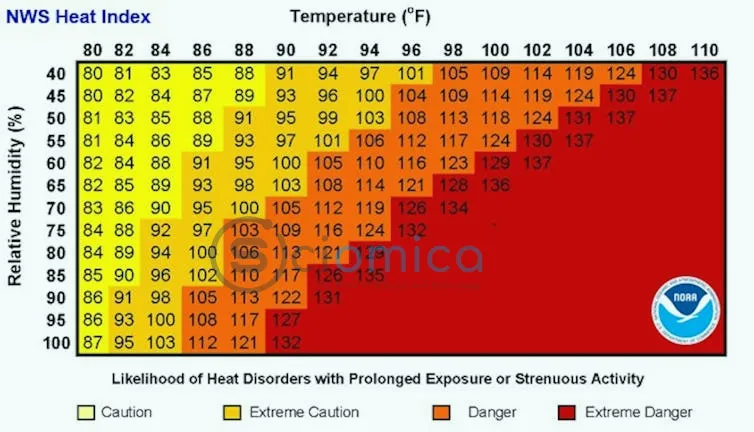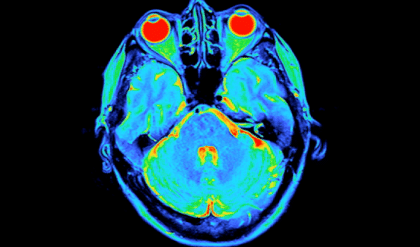As summer begins, a major heat wave is sweeping across large parts of the Central and Eastern United States, impacting millions who are currently under heat advisories. The National Weather Service reports dangerously high temperatures are expected throughout the week of June 23-27, 2025, raising concerns for the public’s health.
While many people relish the joys of summer—beach outings, cookouts, and outdoor gatherings—it is essential to recognize the potential dangers that accompany rising heat levels. Each year, hundreds of individuals succumb to heat-related illnesses while working or playing outside, even those who appear healthy. Historical data indicates that older adults and residents in regions unaccustomed to high temperatures, such as Chicago in 1995, are at greater risk, where over 700 fatalities occurred during a severe heat wave.
Heat-related illnesses exist on a spectrum; mild symptoms can quickly escalate to severe conditions like heat stroke if left unaddressed. Early signs include heat cramps and heat rash, which can typically be managed by cooling the body and hydrating. However, heat exhaustion—a concerning progression—manifests as dizziness, nausea, excessive sweating, and headache. If symptoms worsen, immediate cooling measures and hydration are crucial to avoiding heat stroke, a life-threatening condition characterized by a rapid increase in core body temperature potentially exceeding 106 degrees Fahrenheit.
It is crucial for the community to stay vigilant, especially as high humidity can exacerbate the risks associated with heat. The heat index can provide a better understanding of the combined effects of temperature and humidity, significantly impacting individuals engaged in outdoor activities. The CDC indicates that values from the heat index can reach levels that may not be safe for prolonged exposure.
To ensure safety during this heat wave, experts suggest several measures: avoiding strenuous outdoor activities during peak heat, seeking air-conditioned environments, staying hydrated with fluids that replenish electrolytes, and knowing the signs of heat-related illnesses. For those at greater risk, including older adults and those with disabilities, community support is vital, facilitating access to cooling centers and providing wellness checks.
As summer heralds warmth and outdoor fun, it is imperative that individuals remain aware of the dangers of heat and humidity. By protecting oneself and being attentive to others, communities can enjoy a safer summer season.
Brian Bossak, Professor of Public Health, College of Charleston










